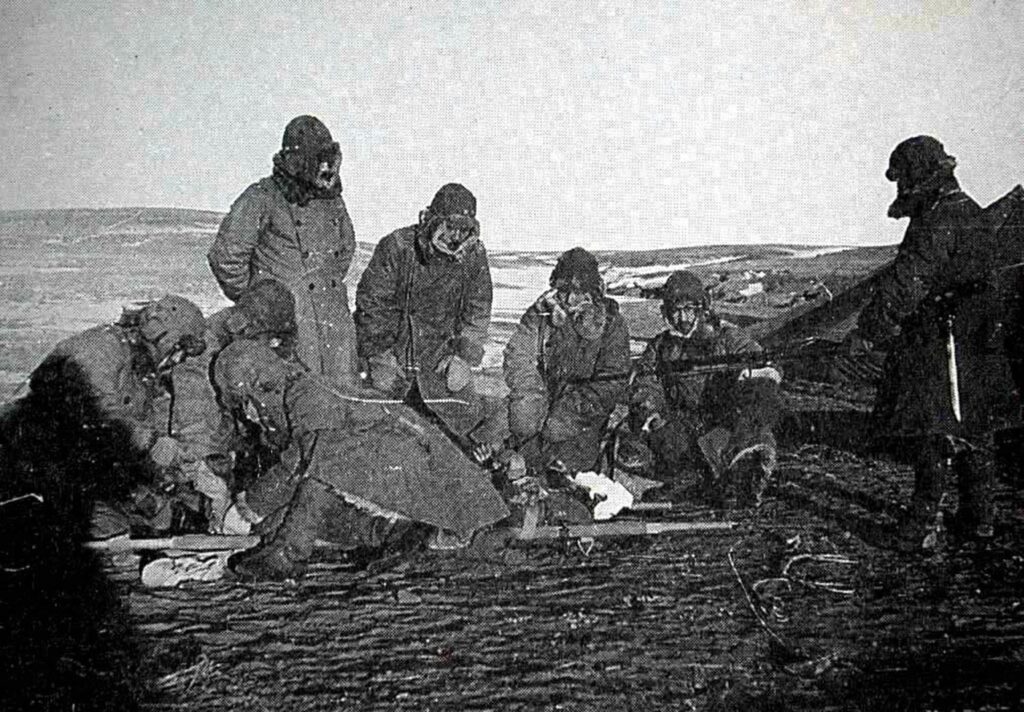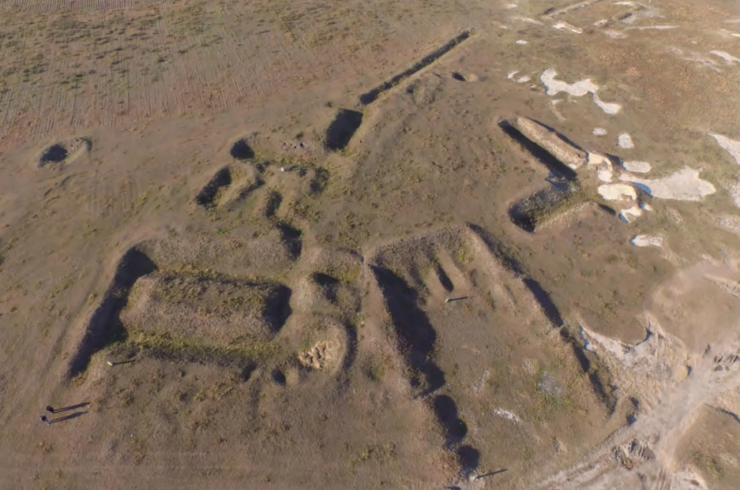According to Insider report, Japanese scientists utilized an underground “horror bunker” to perform cruel experiments on individuals both before and during World War II. Unit 731 of the Japanese Imperial Army, which carried out cruel experiments on humans between 1935 and 1945, is thought to have used the site close to the Chinese city of Anda.
Japanese scientists exposed prisoners to pathogens and dissected them to learn about the effects on the human body. The Japanese Imperial Army reportedly utilized the information to spread cholera, plague, and typhoid over China.
The notorious unit subjected thousands of people—including men, women, and children—to experiments and killed them.
After beginning an investigation in 2019 utilizing geophysical prospecting, drilling, and excavation techniques, archaeologists found the underground facility made up of numerous interconnected tubes and chambers. Although the researchers have not yet entered the bunkers, the survey has provided information about the subterranean buildings.
Five feet below the surface, a U-shaped group of bunker and a circular room that archaeologists think was used to monitor and dissect human individuals after they had been exposed to viruses or chemical agents were found.



Researchers said that their understanding of the facility underneath is still basic and that further research will be required to understand how the various structures interact. Although the majority of the surface-level structures at the Anda site were demolished in 1945 to remove evidence of the experiments, archaeologists think the underground structures survived.
According to the study, facilities like barracks, bathhouses, and dining spaces were constructed below to protect anonymity.
The latest research could provide new insights and evidence about war crimes. “It also highlights the continuing legacy of Unit 731’s atrocities and its impact on global efforts to prevent biological warfare,” say researchers at the Heilongjiang Provincial Institute of Cultural Relics and Archaeology.
According to what is known, some Unit 731 researchers were arrested by Soviet forces and tried in the Khabarovsk war crimes tribunals in December 1949. Those captured by the United States were granted immunity in exchange for their research findings.
